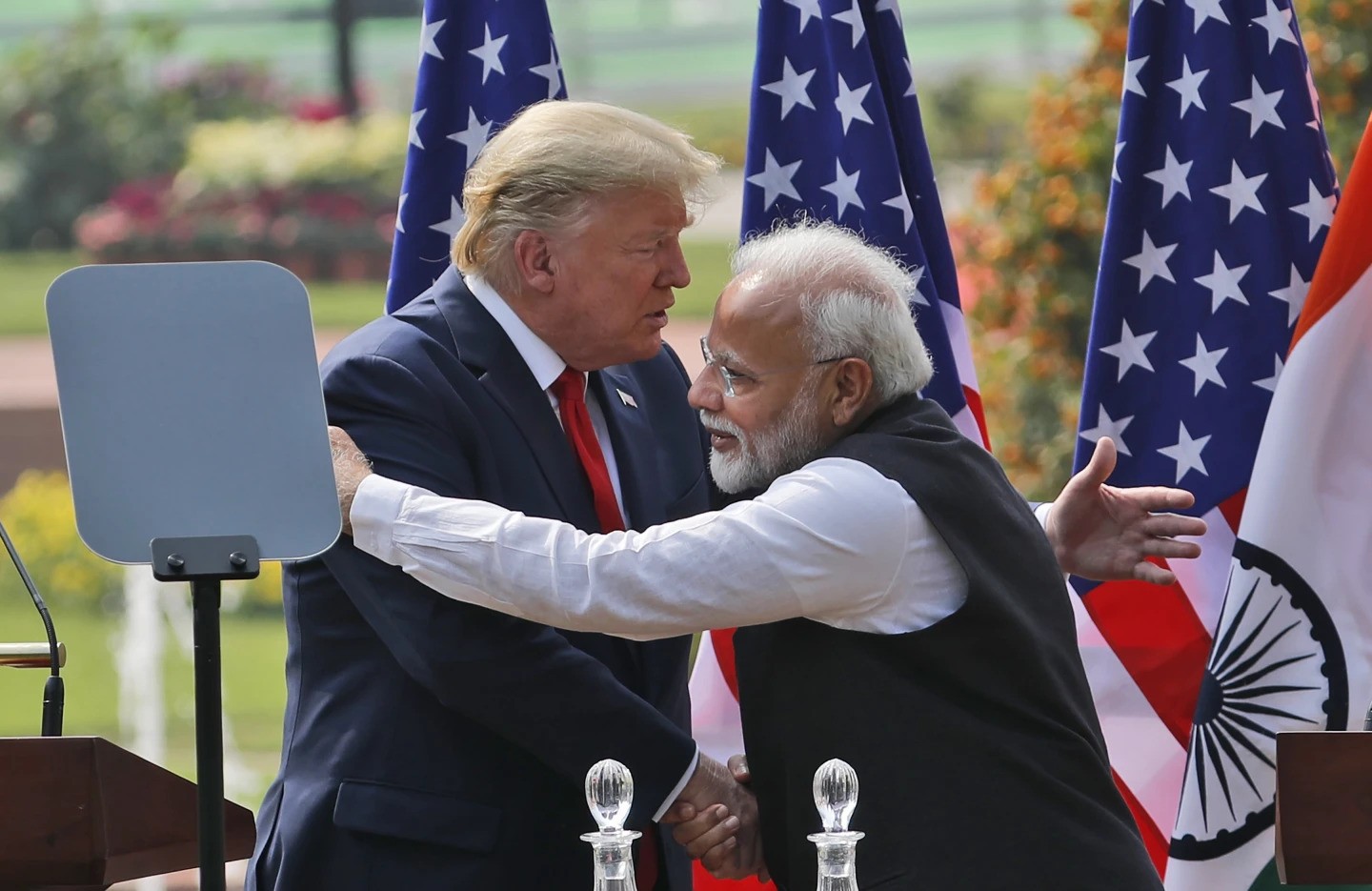Donald Trump’s aggressive 50% tariffs on Indian imports have officially come into effect, following an executive order that imposed an additional 25% penalty on India’s purchase of Russian oil and weapons. This move has placed India—one of the US’s key allies in the Indo-Pacific—among the countries facing the highest tariffs globally, potentially stalling growth and exports in the world’s fifth-largest economy, especially since the US had previously been India’s largest trading partner.
The tariff situation has sent the Indian government scrambling for solutions. To mitigate the financial fallout, Prime Minister Narendra Modi promised tax cuts earlier this month and emphasized the need for domestic self-sufficiency. During a speech for India’s Independence Day, Modi, donning a bright saffron turban, urged businesses to proudly display “Swadeshi” (Made in India) signs, rallying the nation to be self-reliant, not out of necessity, but out of pride, reports agencies.
His message, repeated in several addresses this week, directly counters the heavy tariff burdens, which threaten the livelihoods of millions in India’s export sectors, including textiles, diamonds, and shrimp. Despite these challenges, Modi’s focus remains on boosting domestic production and spending, urging citizens to both produce and purchase Indian-made goods.
However, achieving this vision is becoming increasingly difficult. India’s manufacturing sector has stagnated, contributing only 15% to the country’s GDP despite years of government incentives. To ease the pressure, experts suggest that Modi’s planned overhaul of India’s indirect tax system could provide a much-needed economic boost, including a reduction and simplification of the Goods and Services Tax (GST). This reform follows a previous income tax giveaway worth $12bn, aimed at injecting cash directly into the hands of consumers to help navigate the economic turbulence.


